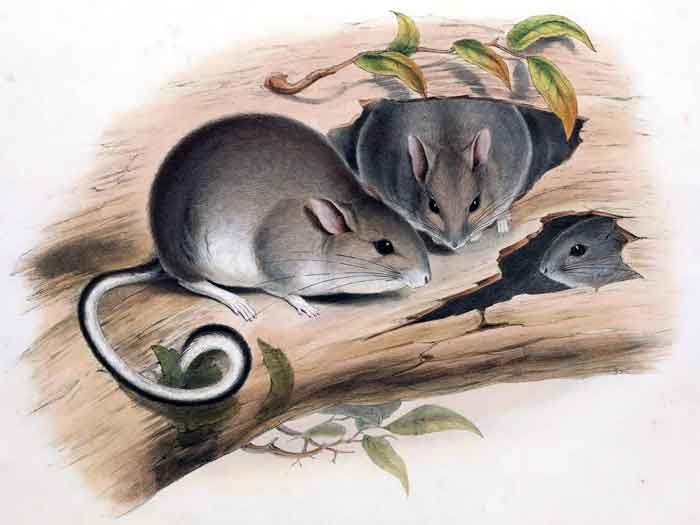
Superregnum: Eukaryota
Cladus: Unikonta
Cladus: Opisthokonta
Cladus: Holozoa
Regnum: Animalia
Subregnum: Eumetazoa
Cladus: Bilateria
Cladus: Nephrozoa
Superphylum: Deuterostomia
Phylum: Chordata
Subphylum: Vertebrata
Infraphylum: Gnathostomata
Megaclassis: Osteichthyes
Cladus: Sarcopterygii
Cladus: Rhipidistia
Cladus: Tetrapodomorpha
Cladus: Eotetrapodiformes
Cladus: Elpistostegalia
Superclassis: Tetrapoda
Cladus: Reptiliomorpha
Cladus: Amniota
Cladus: Synapsida
Cladus: Eupelycosauria
Cladus: Sphenacodontia
Cladus: Sphenacodontoidea
Cladus: Therapsida
Cladus: Theriodontia
Cladus: Cynodontia
Cladus: Eucynodontia
Cladus: Probainognathia
Cladus: Prozostrodontia
Cladus: Mammaliaformes
Classis: Mammalia
Subclassis: Trechnotheria
Infraclassis: Zatheria
Supercohors: Theria
Cohors: Eutheria
Infraclassis: Placentalia
Cladus: Boreoeutheria
Superordo: Euarchontoglires
Ordo: Rodentiaa
Subordo: Myomorpha
Superfamilia: Muroidea
Familia: Muridae
Subfamilia: Murinae
Tribus: Hydromyini
Genus: Conilurus
Species: Conilurus albipes
Name
Conilurus albipes (Lichtenstein, 1829)
References
Conilurus albipes in Mammal Species of the World.
Wilson, Don E. & Reeder, DeeAnn M. (Editors) 2005. Mammal Species of the World – A Taxonomic and Geographic Reference. Third edition. ISBN 0-8018-8221-4.
Vernacular names
English: White-footed rabbit-rat
suomi: Kaniininkorvapuurotta
The white-footed rabbit rat (Conilurus albipes) is an extinct species of rodent, which was originally found in woodlands from Adelaide to Sydney, but became restricted to south-eastern Australia. It was kitten-sized and was one of Australia's largest native rodents. It was nocturnal and lived among trees. It made nests filled with leaves and possibly grass in the limbs of hollow eucalyptus trees. The mother carried her young attached to her teats. In a letter to John Gould, then Governor of South Australia Sir George Grey said that he removed a baby from a teat of its dead mother. The baby clung tightly to Gould's glove.
Sydney natives called it 'gnar-ruck' which translates as 'rabbit-biscuit'. It was a problem in the settlers' stores at about 1788. The last specimen was recorded at about 1845, but some were reported in 1856–57 and perhaps in the 1930s. Rats may have spread diseases or competed for food with the white-footed rabbit rat. Cats may have been predators, while the demise of Aboriginal firestick farming, which maintained woodland, may have made the rabbit rat extinct.
Joyce and McCann, in Burke & Wills - The Scientific Legacy of the Victorian Exploring Expedition (CSIRO Publishing, 2012) state (p138 et seq) that the animal was seen by Beckler at camp 53 in April 1861, in the vicinity of the Bulloo River system. Additionally, the authors state that the relief party of 1862, which included Howitt, collected a specimen south of Coopers Creek.
References
Woinarski, J.; Burbidge, A.A. (2016). "Conilurus albipes". IUCN Red List of Threatened Species. 2016: e.T5223A22450334. doi:10.2305/IUCN.UK.2016-1.RLTS.T5223A22450334.en. Retrieved 12 November 2021.
Retrieved from "http://en.wikipedia.org/"
All text is available under the terms of the GNU Free Documentation License

